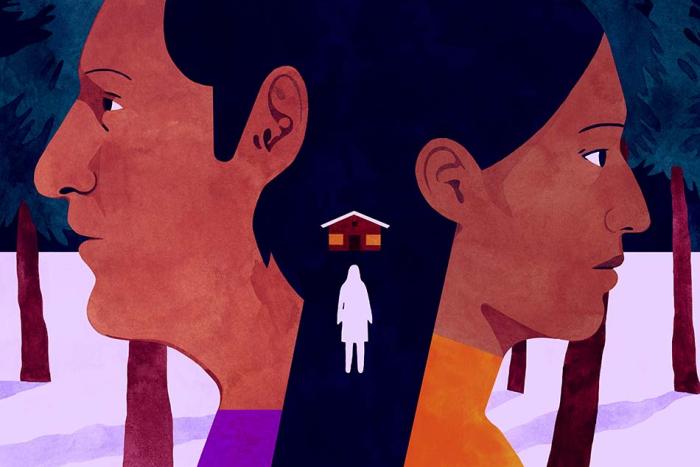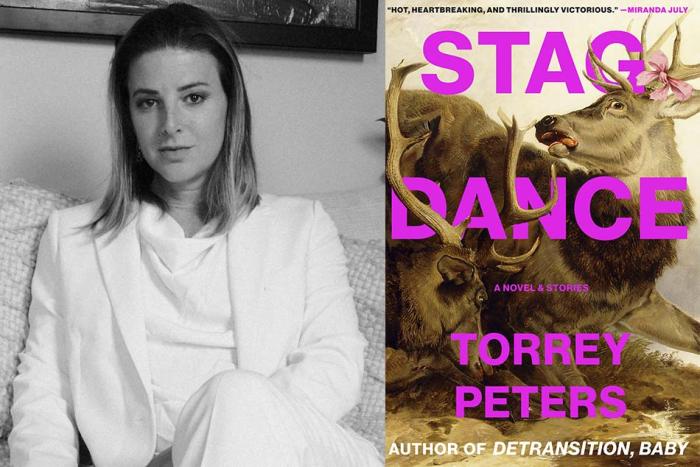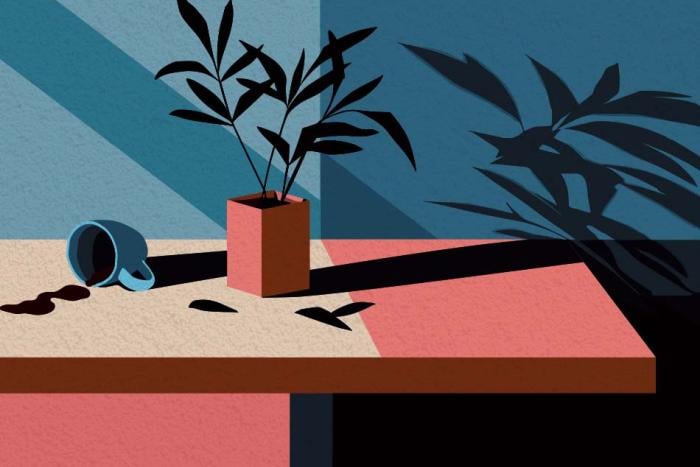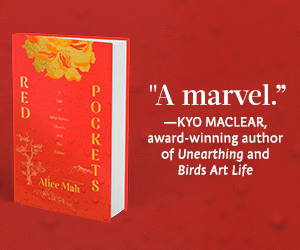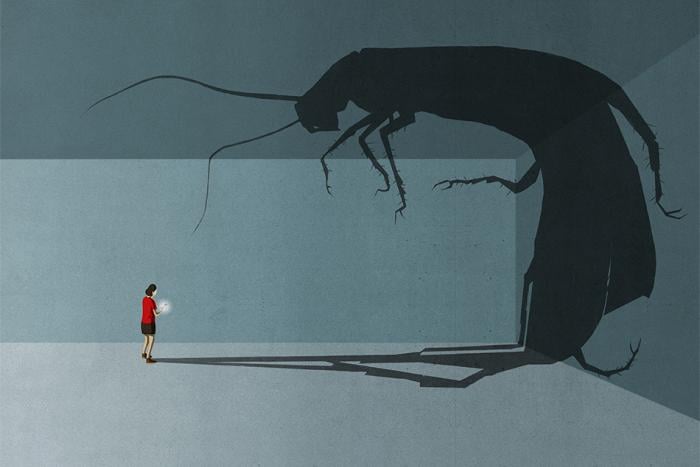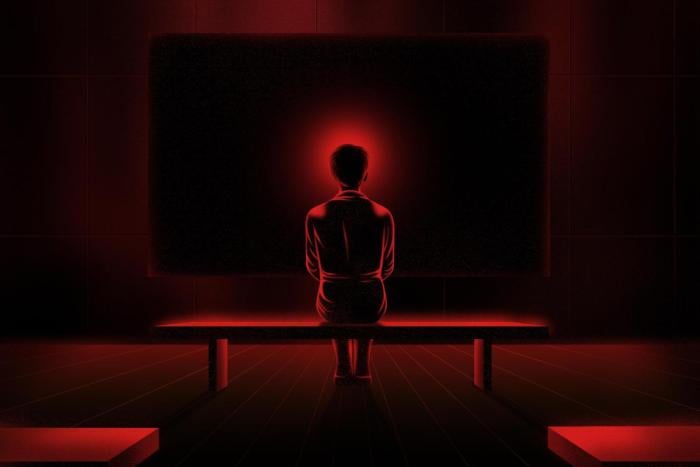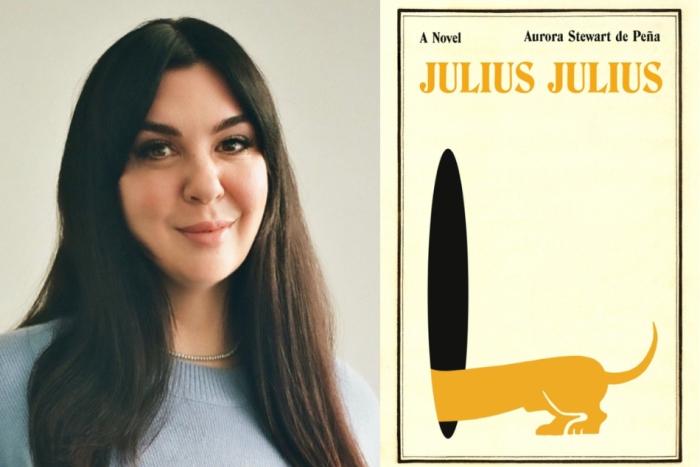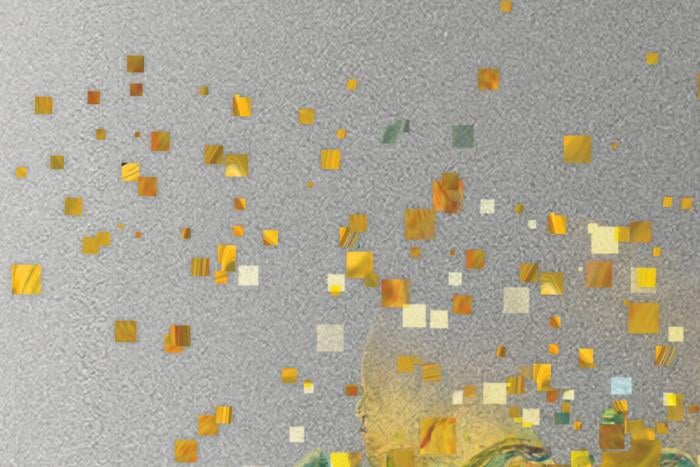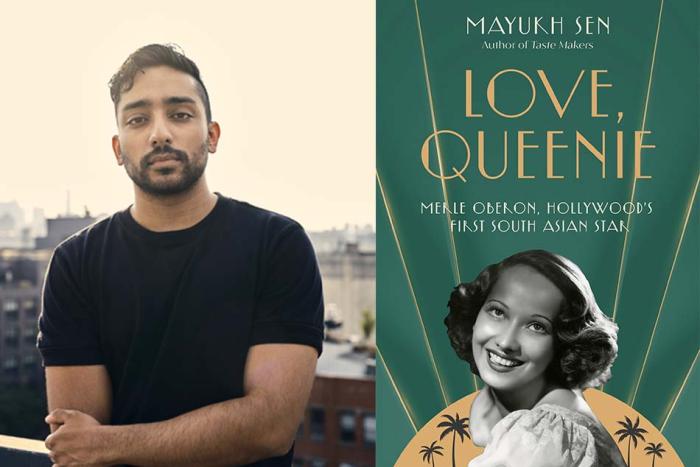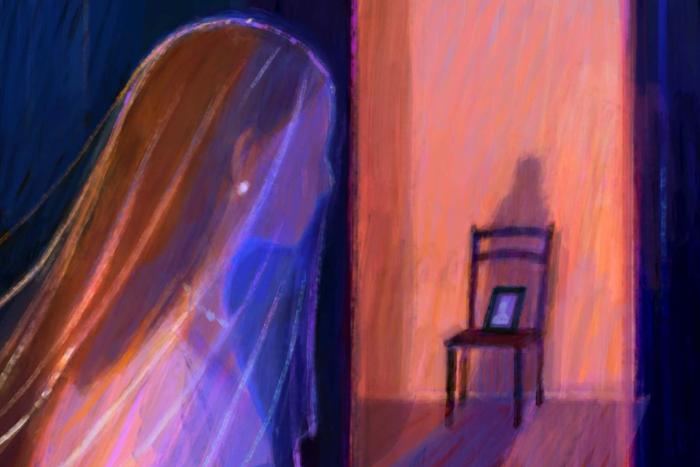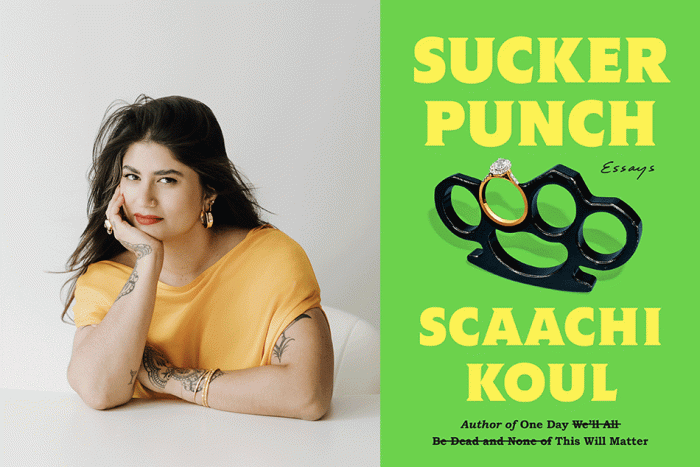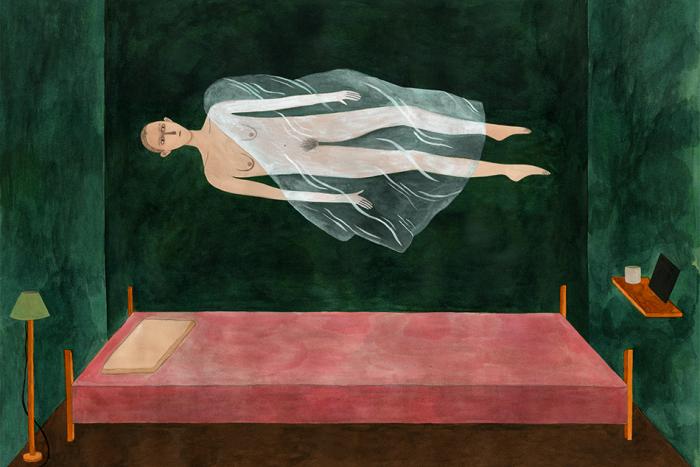She stops to look into her mother's face. It is smooth and blank as a stone. Nothing emerges; nothing shifts.
The author discusses her new book, Stag Dance.
“Don’t come out until I come back!”
Latest
She stops to look into her mother's face. It is smooth and blank as a stone. Nothing emerges; nothing shifts.
The author discusses her new book, Stag Dance.
I worried I had broken the chatbot by trauma-dumping, and no one, human or machine, had the capacity to console me completely.
If he took a shortcut, if he made the creative process any easier for himself, the magic would be lost.
The author of Julius Julius on ad agency ghosts, shaming PSAs, and sexual harassment post-#MeToo
The world must appear strange as you peer through our hero’s eyes. Your eyes now.
The author discusses his new book on Merle Oberon, the Golden Age of Hollywood starlet whose South Asian heritage was hidden from the industry.
I had a kind of premonition, even before a word was said, that things were about to shift.
The author of Sucker Punch on surrendering to life's cycles, writing about her divorce, and picking the right fights.

